Astronomers discovered a 60-meter asteroid on December 27th that could hit Earth in 2032. This asteroid, 2024 YR4, could potentially kill millions if it struck a city, immediately triggering a coordinated global response. Within hours, telescopes worldwide began tracking its path while space agencies started planning response missions. Scientists have eight years to act if the asteroid stays on course, turning a helpless countdown into a manageable challenge. The asteroid will likely miss Earth, but its discovery shows how far we’ve come in protecting our planet.
Scientists Spot Trouble Before New Year
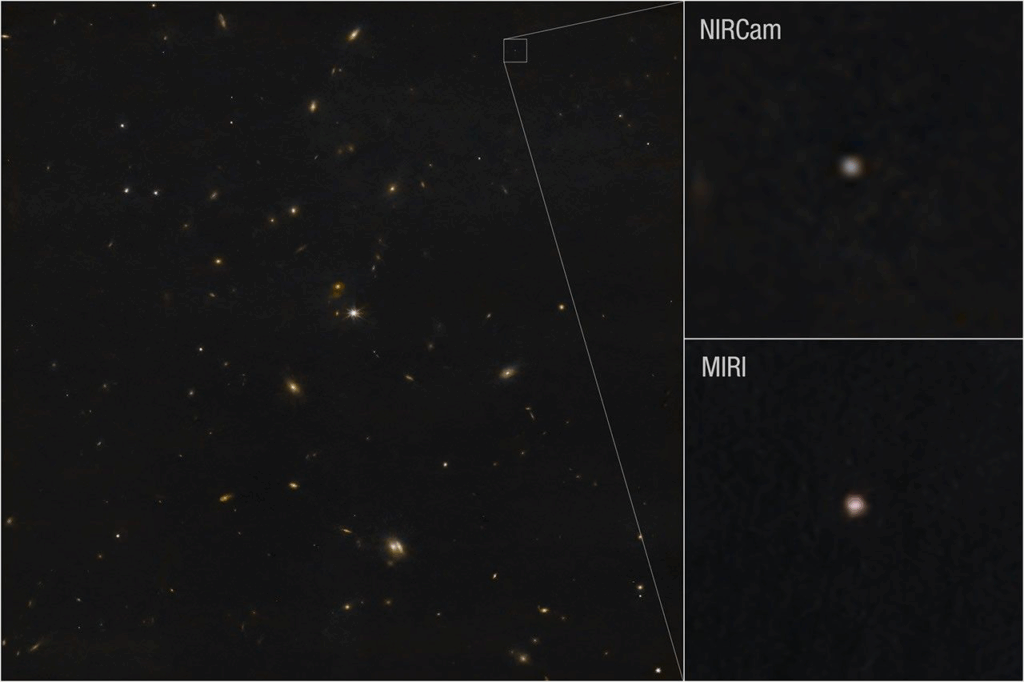
ATLAS telescope operators in Chile spotted something unusual in their overnight scans on December 27th. The team called in the James Webb Space Telescope to get measurements using heat signatures. Webb confirmed the asteroid’s tumbling motion through space. Computer models analyzed the trajectory, giving a 1.2 percent chance of impact in late 2032, earning a Level 3 threat rating. “We caught this one early,” says Dr. Sarah Martinez from the ATLAS team. “That gives us what we need most. Time.“
Read More: That Asteroid Headed Our Way is Probably No Longer a Threat
Level 3 Sounds Scary, But Here’s What It Means

The Torino Scale runs from 0 to 10, like a space weather forecast. Level 0 means no worries, while Level 10 means global catastrophe is certain. Level 3 represents a close encounter deserving serious attention from astronomers worldwide. Most asteroids with scary first ratings get downgraded to zero as telescopes gather better data. Recent discoveries like 2020 SB have followed this pattern. The odds of 2024 YR4 hitting Earth match lightning strike odds. Even with low odds, the Level 3 rating triggered immediate international coordination. When the global community responds quickly, they’re treating the discovery seriously while expecting the threat to disappear.
City-Killing Asteroids Through History
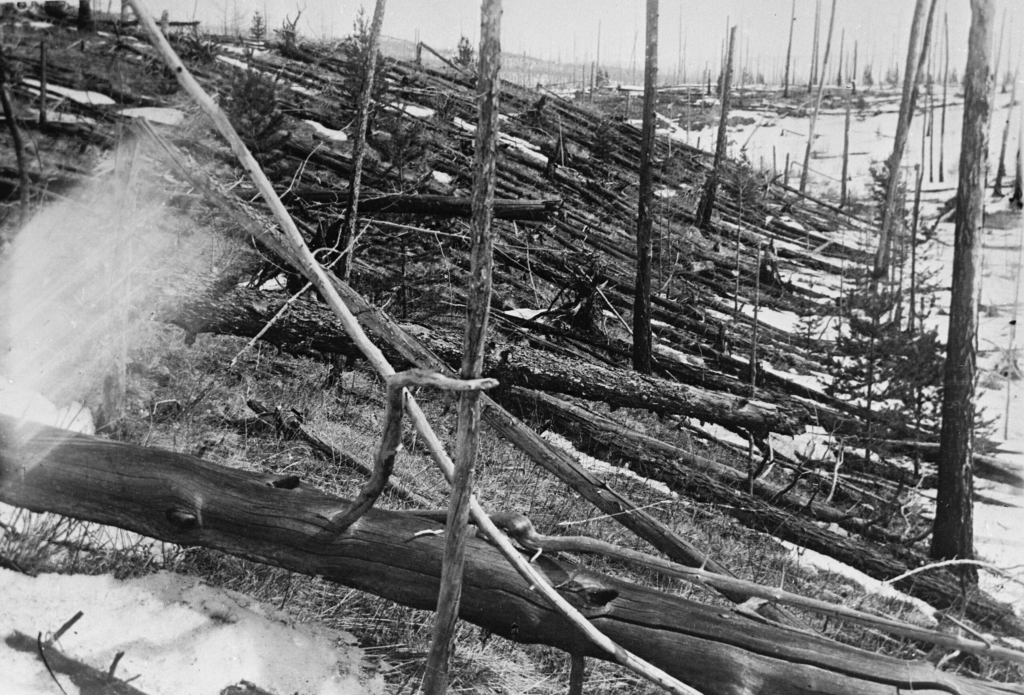
In 1908, an asteroid about the same size as 2024 YR4 broke apart above Siberia and flattened 800 square miles of forest. The Tunguska event didn’t create a crater because the space rock never hit the ground, but the atmospheric blast caused regional devastation. Scientists use Tunguska as their go-to example when explaining what asteroids this size could do. These impacts happen roughly every few millennia, and damage depends heavily on location. A blast over empty wilderness is very different from one over a populated area. The big difference between then and now is warning the time. In 1908, nobody saw the Tunguska asteroid coming until the sky lit up. Today’s global detection network gives us years of warning, transforming a surprise catastrophe into something we can prepare for.
Blind Spots Around Venus
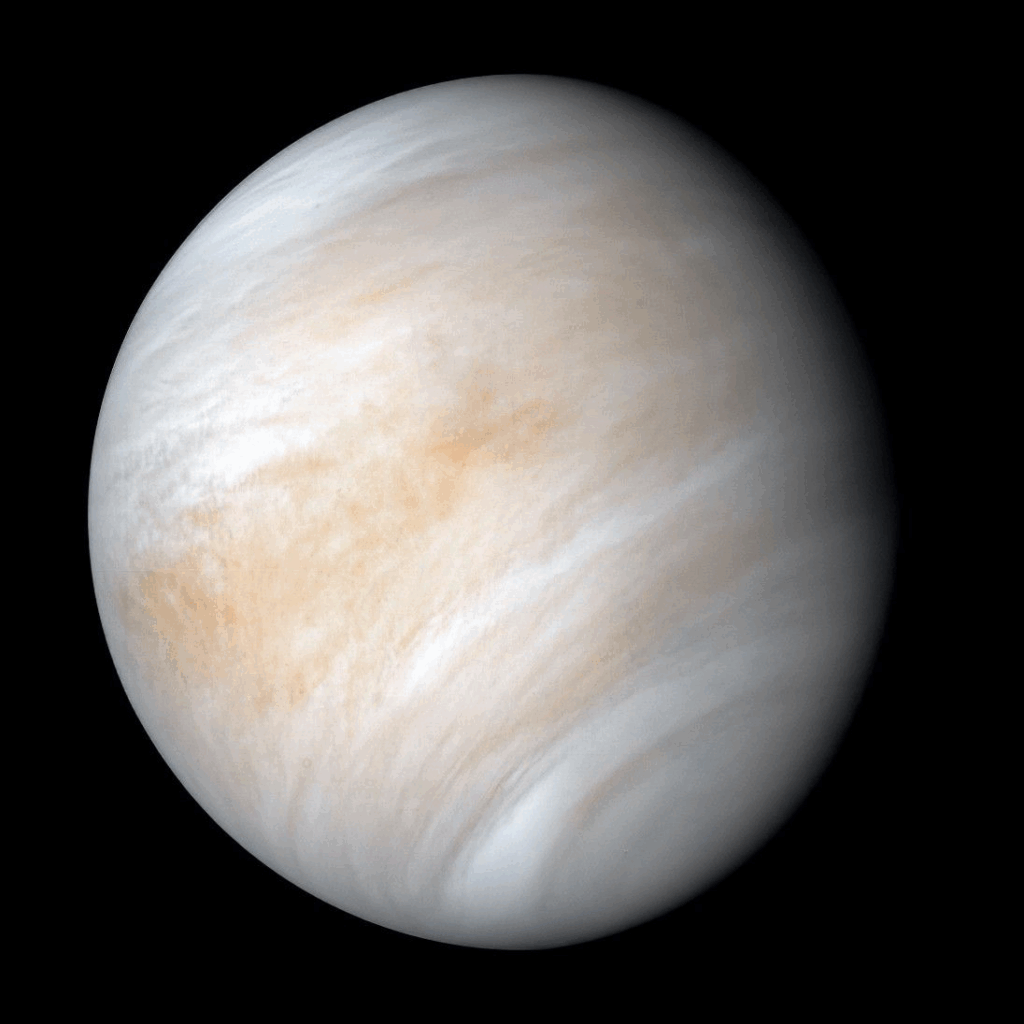
2024 YR4 isn’t the only space rock we need to worry about. Astronomers have found 20 asteroids that travel in similar paths around Venus, and many more probably lurk undetected in the sun’s glare. Venus creates a massive blind spot, hiding nearby asteroids from Earth’s telescopes, especially smaller ones that could cause serious damage to our planet. Scientists consider this one of the biggest gaps in our planetary defense network. Future space telescopes might reveal what’s hiding in Venus’s shadow, but for now, we’re flying blind.
Read More: NASA’s Spacecraft is Speeding Towards a $10 Quintillion Asteroid at 124,000 MPH to Achieve One Goal
How the Global Warning System Activated

Within hours of the discovery, telescopes worldwide received calls to start watching while space agencies began sharing data in real-time. The International Asteroid Warning Network pulled in major observatories from Chile to Europe, creating an instant global tracking effort. Dr. Michael Chen, who helps coordinate these responses, wasn’t surprised by the speed. “This is exactly how the system should work,” he explains. “No single country owns this problem, so when we detect a threat, the global community responds as one network.” The coordination proved that years of planning had created something that works.
How We Track Asteroid and Similar Objects
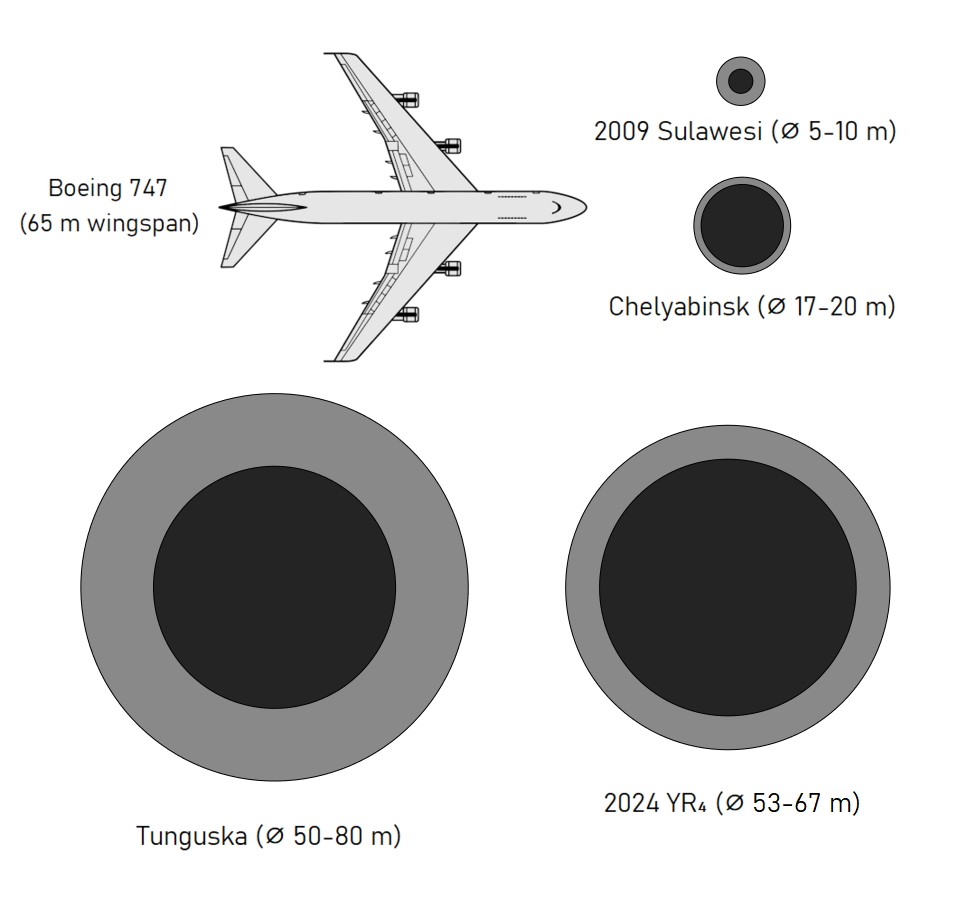
Tracking a 60-meter space rock millions of miles away starts with wide-field telescopes that scan the sky every few nights looking for movement. When these systems spot something new, bigger telescopes take over. The James Webb Space Telescope measures heat signatures to figure out size and shape, while ground-based observatories like the Very Large Telescope track the object’s path. Together, these observations revealed that 2024 YR4 spins every 19.5 minutes in a tumbling motion. Scientists can also analyze the light bouncing off the asteroid’s surface to understand what it’s made of. This material data helps predict how the space rock might behave if it plunged through Earth’s atmosphere. We’ve come a long way from just spotting these objects to studying them in detail years before they could pose any threat.
Could We Stop an Asteroid?
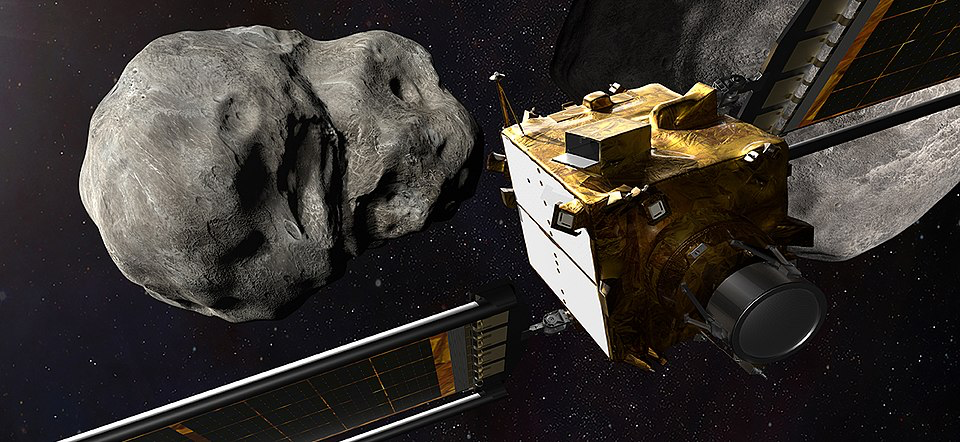
Spotting asteroids is one thing, but what if we needed to stop one? The DART mission proved that spacecraft impacts can alter asteroid paths, making deflection a reality. For 2024 YR4, scientists have already outlined a plan. Similar city-killing asteroids have been successfully tracked and analyzed using these same protocols. Launching a small 22-pound spacecraft in 2028 could provide enough nudge to push the asteroid off course. The plan works because we have years of warning time. “We’re not helpless anymore,” says NASA’s Dr. Jennifer Walsh. “The technology exists, the coordination exists. What we need most is advance notice, and that’s what we’re improving.” Early detection gives us options, and options give us hope.
What This Means for Earth’s Safety
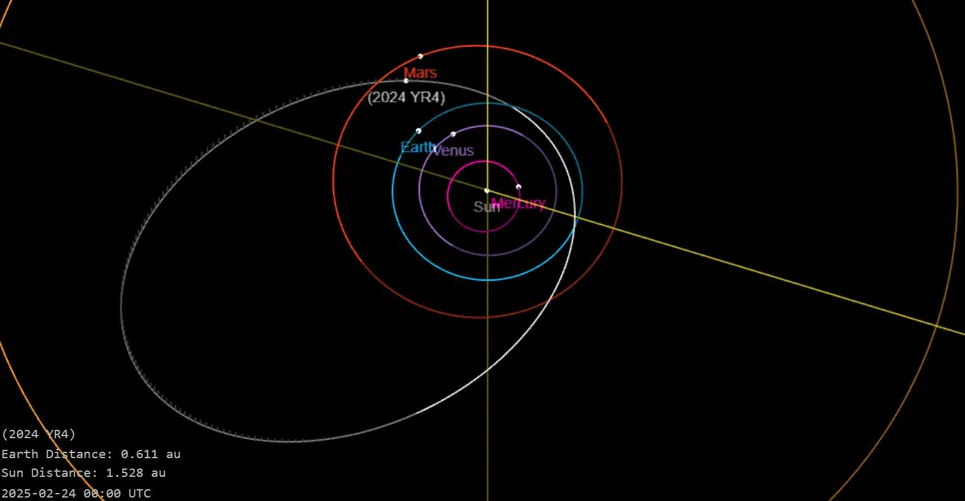
2024 YR4 will likely miss Earth and join the long list of cosmic close calls. But its discovery demonstrates how we’ve transformed planetary defense. Detection worked as planned, international cooperation was activated within hours, giving scientists years to refine calculations. Asteroids like 524522 and 2020 CL1 demonstrate how this global network has matured over recent years. Most importantly, we’ve proven that early warning systems work. We’re no longer just hoping for the best when it comes to asteroid threats. The global network of telescopes, rapid data sharing, and coordinated response protocols have turned us from helpless observers into active guardians of Earth. Each discovery like 2024 YR4 makes that network stronger.
Read More: Minerals Discovered in Meteorite Could Hold Secrets to Asteroid Formation